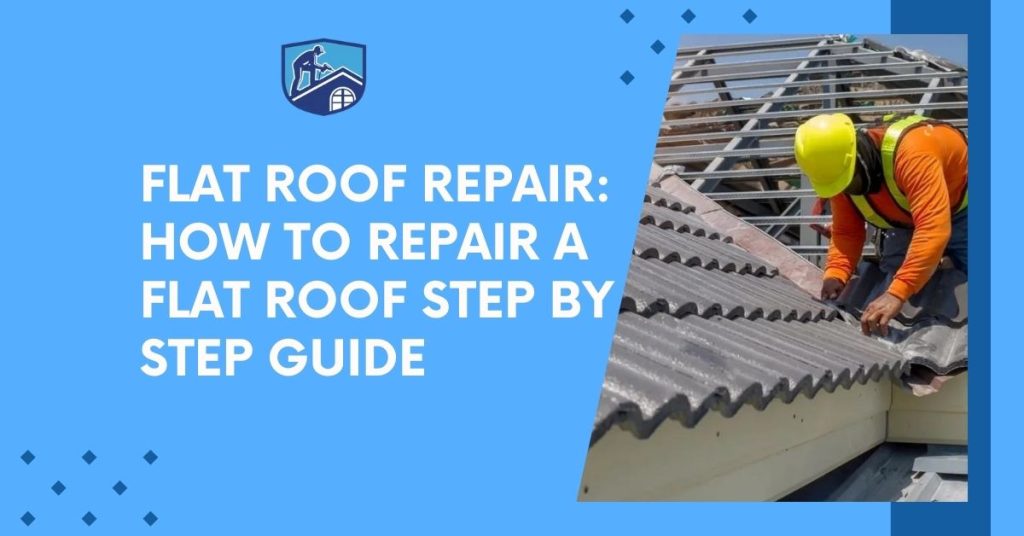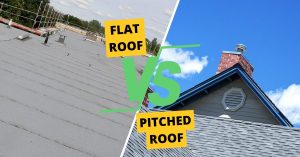Introduction
Repairing a Flat Roof: A Step-by-Step Approach
Flat roofs have become increasingly popular in modern architectural designs due to their sleek and minimalist aesthetics. However, these roofs, like any other, are not immune to issues. Leaks, water damage, and membrane wear are common problems that flat roof owners may face. In this comprehensive guide, we’ll walk you through the intricacies of repairing a flat roof, offering a step-by-step approach to address common issues and ensure the longevity of your roof.
Flat roofs, with their horizontal or nearly horizontal design, differ significantly from traditional sloped roofs. While they offer a modern and efficient use of space, the unique structure of flat roofs poses specific challenges that require a distinct approach to repair and maintenance.
Types of flat roofs and their materials
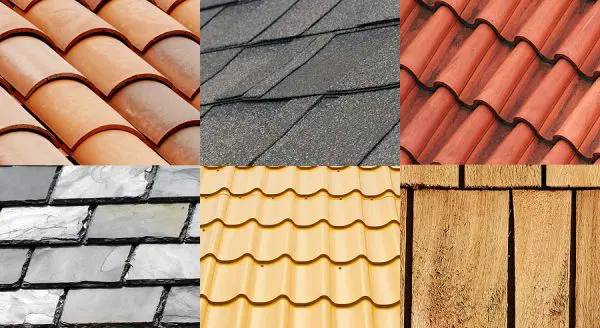
Flat roofs come in various types, each with its own set of materials. The choice of material plays a significant role in the roof’s durability, resistance to weather elements, and overall performance. Whether it’s TPO (Thermoplastic Olefin), PVC (Polyvinyl Chloride), asphalt, or EPDM (Ethylene Propylene Diene Monomer), understanding your roof type is crucial for targeted repairs.
1. Understanding Your Roof
What makes a flat roof different?
Flat roofs, in contrast to sloped roofs, feature a horizontal or nearly horizontal design. This unique structure presents specific challenges and advantages. While flat roofs offer a modern aesthetic and efficient use of space, their design requires a different approach to repair and maintenance.
Flat roofs and their materials
Flat roofs come in various types, each with its own set of materials. The choice of material plays a significant role in the roof’s durability, resistance to weather elements, and overall performance. Whether it’s TPO (Thermoplastic Olefin) or EPDM (Ethylene Propylene Diene Monomer), understanding your roof type is crucial for targeted repairs.
2. Identifying the Culprit: Roof Leaks
How to detect a leak early?
Early detection of roof leaks is crucial for preventing extensive water damage. Keep an eye out for water pools, discoloration, and blistering. These signs can indicate potential leaks, allowing you to address the issue before it worsens.
Common causes of leaks in flat roofs
To effectively address leaks, it’s essential to understand their root causes. Whether it’s a damaged membrane, punctures, or cracks, identifying the source of the leak is the first step in a successful flat roof repair.
Identifying the source of a leak can be challenging but is crucial for effective repairs. Common causes of leaks in flat roofs include damaged membranes, punctures, and cracks. These issues can lead to water seepage, causing extensive damage to the underlying structure if not addressed promptly.
3. Step-by-Step Repair Process
Gathering necessary tools and materials
Before embarking on a flat roof repair, make sure you have all the essential tools and materials on hand. Items like roofing cement, membrane patches, sealant, and a utility knife are vital for a successful repair job.
Assessing and preparing the damaged area
Thoroughly inspect the damaged Roof portion and remove any compromised materials. Cleaning the area ensures proper adhesion of patches and Roof membranes, contributing to a more durable and watertight repair.
Applying patches and sealant
The correct application of patches and sealant is critical for a successful repair. Techniques such as using fiberglass mesh and rubberized compounds can create a lasting and effective seal against leaks.
Once you’ve gathered the necessary tools and materials, the next step is to assess and prepare the damaged area. Thoroughly inspect the roof, identifying the extent of the damage. Remove any compromised materials, such as damaged membranes or wet insulation. Cleaning the area is crucial for the proper adhesion of patches and membranes, ensuring a durable and watertight repair.
With the damaged area prepared, it’s time to apply patches and sealant. Depending on the type of damage, you may use materials like fiberglass mesh, rubberized compounds, or roofing cement. Apply these materials following the manufacturer’s guidelines, creating a secure and long-lasting seal against leaks.
4. When to Call a Professional Roofing Company
Signs that your DIY repair might not be enough
While many Professional flat roof repairs can be tackled as DIY projects, there are instances where professional assistance is necessary. Signs such as extensive water damage or structural issues may indicate the need for expert intervention.
The cost factor: Is it more economical to hire a professional?
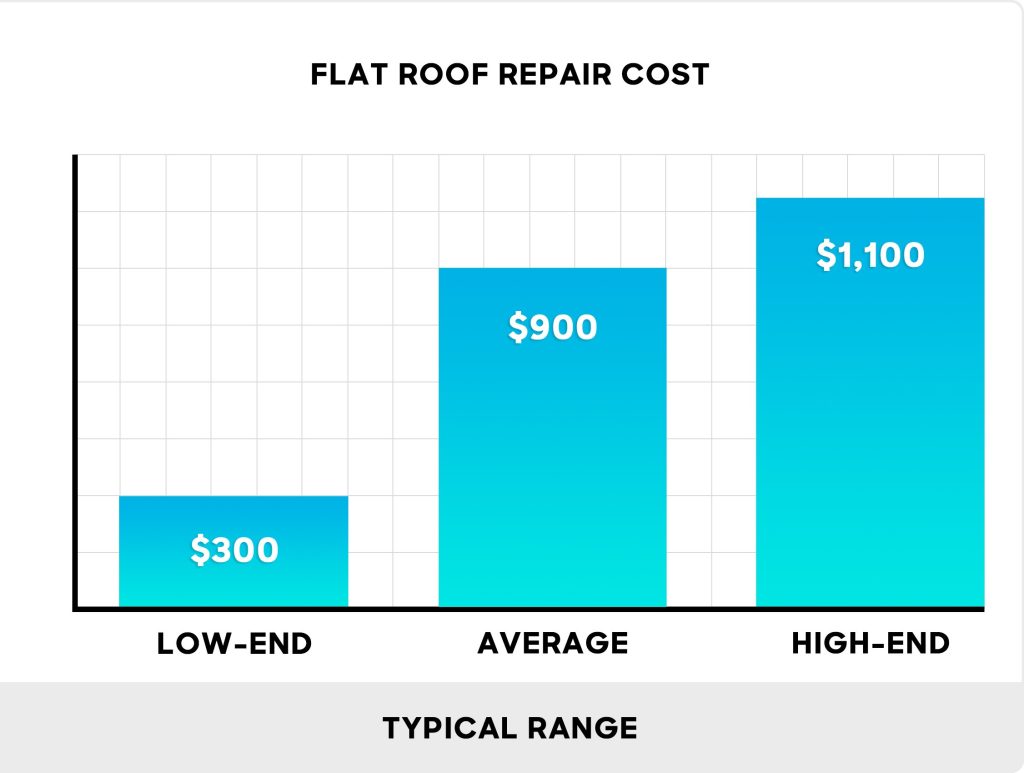
Consider the costs associated with DIY repairs versus hiring a professional roofing company. In some cases, the expense of professional services may be justified by the quality and longevity of the repair.
Knowing when to call a professional roofing company is crucial for complex issues. If you notice extensive water damage, structural issues, or if your initial DIY repair attempts are unsuccessful, it’s time to seek expert assistance. Professionals have the experience and tools to assess and address challenging roof problems, ensuring a thorough and lasting solution.
Consider the cost factor when deciding between DIY repairs and hiring a professional. While DIY projects may seem cost-effective initially, extensive or repeated repairs can accumulate expenses. Hiring a professional roofing company might be a more economical and efficient solution, especially for complex issues.
5. Preventive Measures: Avoiding Future Leaks
Regular maintenance for flat roofs
Implementing regular maintenance practices is key to preventing roof issues. Simple tasks, such as clearing debris and inspecting seams, can extend the lifespan of your flat roof.
Read More: Winter Roof Maintenance Tips
Factors contributing to flat roof damage
Understand external factors like heavy rain, aging, and poor installation that can contribute to flat roof damage. Identifying these issues early on helps in implementing preventive measures.
Regular maintenance is crucial for preventing flat roof issues. Develop a routine that includes tasks like clearing debris, inspecting seams, and checking for signs of wear. These simple measures can go a long way in extending the lifespan of your flat roof and preventing potential issues.
Identifying factors contributing to flat roof damage is essential for effective preventive measures. Factors such as heavy rain, aging, and poor installation can accelerate wear and tear. By addressing these issues proactively, you can implement preventive measures to protect your flat roof from future damage.
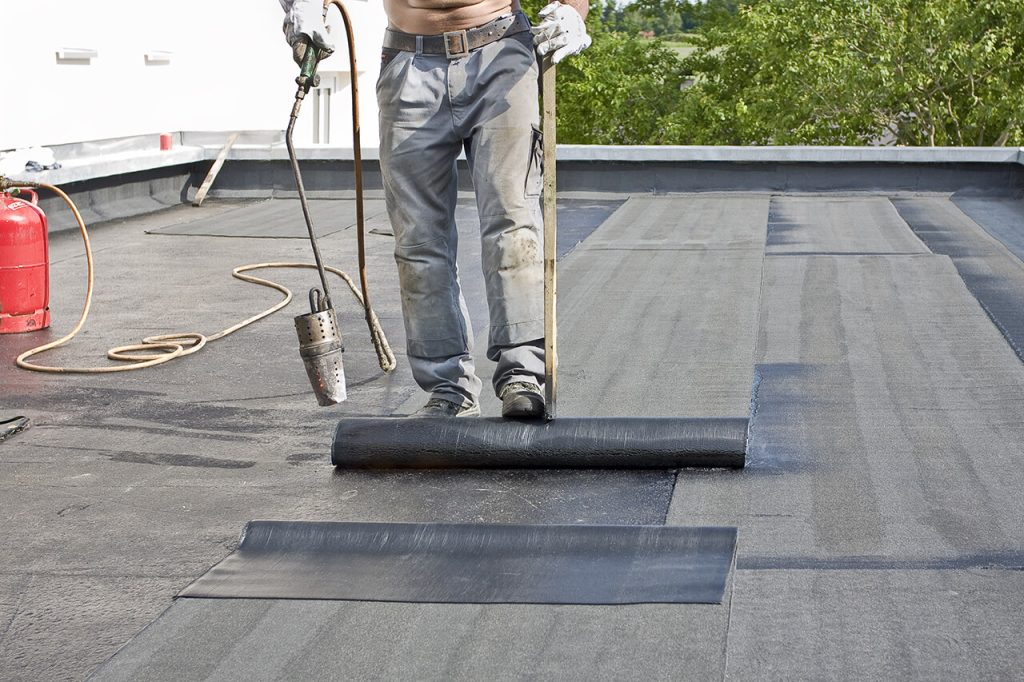
6. Considering Flat Roof Replacement
Determining when repair isn’t enough
Recognize scenarios where repairing a flat roof might not be the best long-term solution. Factors such as the age of the roof and the extent of damage may indicate the need for a full replacement.
Read More: Top 10 Signs You Need a New Roof or Roof Replacement
Choosing the right time for a flat roof replacement
Timing is crucial when considering a replacement. Explore the factors that indicate it might be time for a new roof and learn about modern roofing systems like modified bitumen.
Determining when repair isn’t enough is crucial for the long-term health of your flat roof. If your roof is approaching the end of its lifespan, or if the damage is extensive, a replacement might be a more cost-effective solution in the long run.
Choosing the right time for a flat roof replacement involves considering factors such as the age of the roof, the extent of damage, and the overall cost of repairs. Modern roofing systems like modified bitumen offer enhanced durability and can be a valuable investment for the future.
7. DIY Roof Inspection: Ensuring the Entire Roof is Healthy
Simple steps for a thorough roof inspection
Learn how to conduct a DIY roof inspection to identify potential issues early. Checking for signs of rot, seepage, and damage can help you address problems before they escalate.
Read More: DIY vs. Professional Roof Repair
Using measurements and a ladder for a closer look
Understand how to use measurements and a ladder to access hard-to-reach areas. Taking a proactive approach to roof maintenance can save you from extensive repairs down the line.
Conducting a DIY roof inspection is a proactive measure to ensure the health of your entire roof. Follow these simple steps to identify potential issues early, including signs of rot, seepage, and damage. A thorough inspection allows you to address problems before they escalate, saving you time and money in the long run.
Using measurements and a ladder for a closer look is essential for a comprehensive roof inspection. Some areas may be hard to reach, but taking the time to access these spaces can reveal hidden issues. Use a ladder securely and measure areas that may be prone to damage. This hands-on approach to inspection enhances your ability to detect and address potential problems.
8. Enhancing Durability: Tips for Long-Lasting Repairs
The importance of proper installation techniques
Explore the significance of correct installation techniques in ensuring the longevity of flat roof repairs. Proper use of roofing caulk, adhesive, and other materials is essential for a durable outcome.
Utilizing technology: How modern materials improve roof lifespan
Discover how advancements in roofing materials, such as modified bitumen and EPDM, contribute to the overall durability and lifespan of flat roofs.
Proper installation techniques play a crucial role in the longevity of flat roof repairs. Ensure you use roofing caulk, adhesive, and other materials as per the manufacturer’s guidelines. Following correct installation practices enhances the durability of your repairs, reducing the likelihood of future issues.
Utilizing technology and modern materials is a game-changer in improving the lifespan of flat roofs. Explore advancements like modified bitumen and EPDM, which offer enhanced durability and resistance to weather elements. Investing in these modern materials can contribute to the overall longevity of your flat roof.
Conclusion
In conclusion, understanding the nuances of flat roof repair is essential for maintaining the integrity of your home or commercial space. Whether you choose a DIY approach or decide to enlist the help of professionals, the key is to address issues promptly to prevent further damage.
Read More: How to Effectively Market Your Roofing Company
Read More: Grow Your Roofing Company With Geo Roofers and Get More Customers
Key Takeaways
- Regular maintenance is crucial for preventing flat roof issues.
- Early detection of leaks can save you from costly repairs.
- Knowing when to call a professional roofing company is vital for complex issues.
- Consider flat roof replacement when repairs are no longer effective.
- Utilize modern materials and technology for long-lasting repairs.
